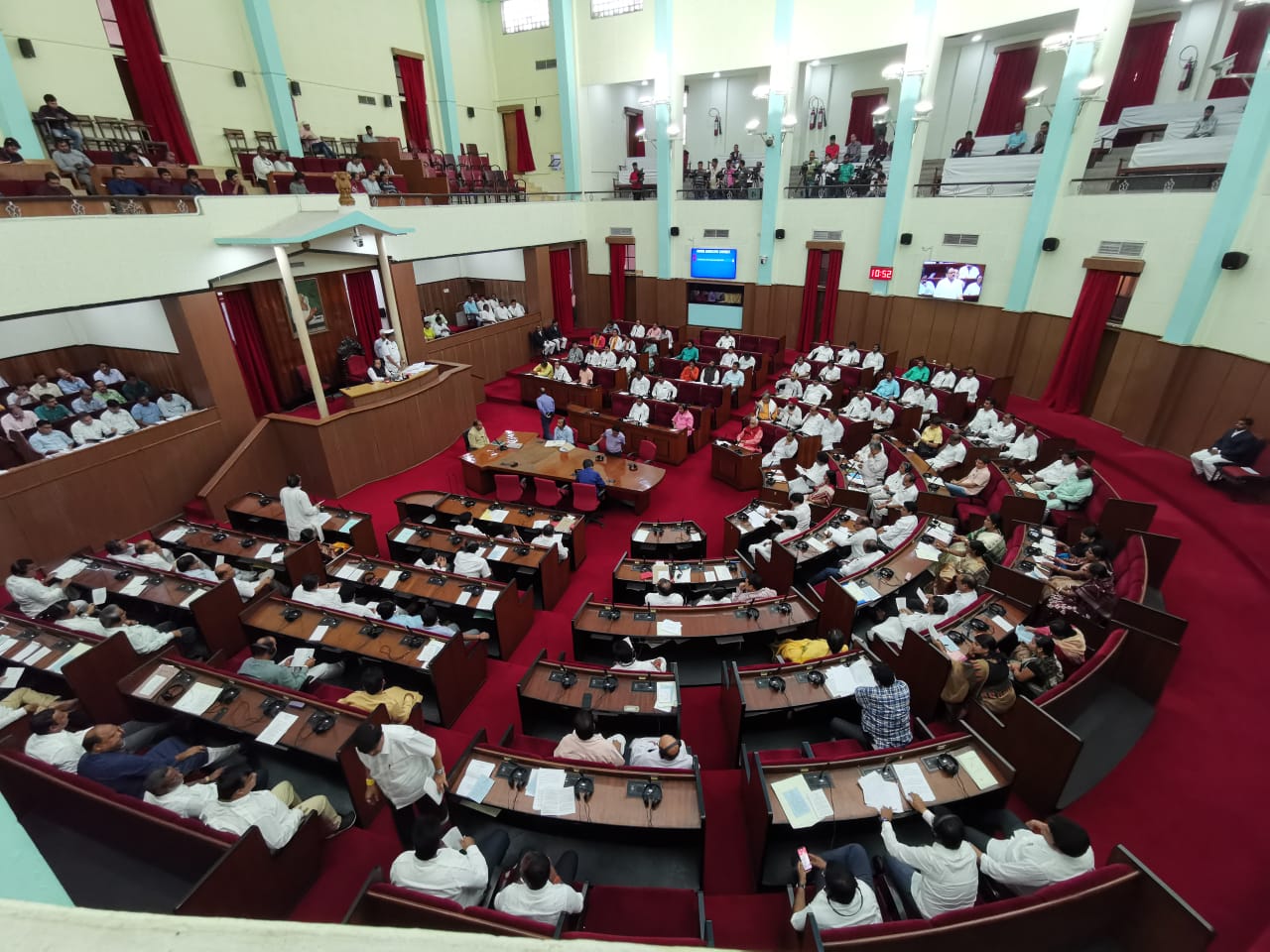Odisha Budget Must Incorporate Climate Emergency Management

Odisha’s population in 2020 will be approximately 4.8 crore and is slated to rise much faster in the coming two-three years due to rapid industrialisation, spurt in mining activities, infrastructure projects and development activities. Today, Odisha is one of the fastest growing states in India and I foresee a reverse migration situation in the not-so-far future. The trends will signal in the next six months.
This is the time to put into action programmes to balance environmental concerns and development to achieve development objectives of ensuring food security, creating jobs, reducing poverty and improving health. A major deterrent would be the impending natural disasters. Odisha is sitting on a climate emergency. Rising temperatures in the Bay of Bengal, growing incidence and intensity of extreme weather events, the threat of extinction of at least half a million species, destruction of forests, and disruption of ecosystem services will directly hit economic activities.
We are still traumatised by Fani, the powerful cyclone, which hit Odisha and left a trail of destruction, ravaged lives, destroyed families and livelihoods. Odisha region has experienced the landfall of at least four major cyclones in the last two decades, which have indurated the people. The Super Cyclone of 1999, Phailin of 2013, Hud Hud of 2014, Titli of 2018, the blizzard of disasters, has spelt unimaginable disaster for the state and the country. A study says that the number of extremely hot days in the state will increase by 30 times from 1.62 in 2010 to 48.05 by 2100. The desertification and water shortage will severely cripple our agrarian economy, which translated to numbers mean 30% of the Net State Domestic product (NSDP) and about 75% of employment (the workforce engaged in this sector). The GDP per capita of Rs 92,727 will slide down by about 15% due to disaster striking again this FY.
Lord Jagannath forbid. Every family has provision for contingency and we should budget for the same for Odisha.
Investments in ecological infrastructure are imminent. Renewable energy-based electricity, improved watershed conservation and forest management and green jobs are some of the environmental interventions strongly suggested. These interventions can help in stable incomes and support safe livelihoods.
DMF (Rs 4,453 crore in four years, of which about half the money is spent) , CAMPA (in 2019-20 a provision of Rs 592.52 crore CAMPA annual plan was made and this FY it should be increased by at least 20% , to Rs 660 crore because the area to be covered will be more, about 20%) and CSR funds put together will not exceed Rs 3500 crore for deployment in 2020-21.
In 2020, the World Economic Forum ranked climate change as the biggest risk to the economy and society. An inference from a Stanford University study raises the possibility of Odisha GDP going down by about 10% as a result of the warming climate and the recurrence of disaster, which is predicted. Odisha’s average summer temperature, a study establishes, will be far higher than the national average increase from about 24 degree Celsius to about 28 degree Celsius, which means that we need to brace up for much harsher climatic conditions and more deaths and morbidities. This would directly eat into the GDP and economic growth.
Odisha has pioneered sector-wise development programmes for climate-vulnerable people, specifically women and children. Fish Pond Yojana and Banayana project for women is almost always at the receiving end of the climate emergency and livelihoods programmes for small and marginal farmers (landholdings less than 1 hectare). But budgetary provision is required to either factor these programmes or elements into the existing livelihood verticals or create separate programmes under the direct supervision of the District Collector. About Rs 3000-4000 crore is required (additionally) for livelihoods support communities at risk. Climate induced disasters strike anywhere, not restricted to only the coastal areas. The impact of carbon emissions will be more pronounced in Odisha in the coming years.
Odisha is a climate-constrained state that we will have to be constantly aware of and the state Budget 2020 is aimed at propelling us to a US$1 trillion economy. Investments will be severely eroded if we do not mitigate climate related damages. The civil society is urged to allocate sizeable amount of next year’s budget to measures to address climate change. Not only welfare programmes but climate-related spending on innovation, research and infrastructure need to be taken up in the state on an urgent basis.
We can bring in investments, plan mega projects, provide comprehensive social securities, build professional institutions but one stroke of disaster would swamp us to nought. Nothing else matters but a safe living and sustainable livelihood. The budget has to incorporate climate emergency management.

Comments are closed.